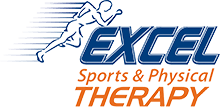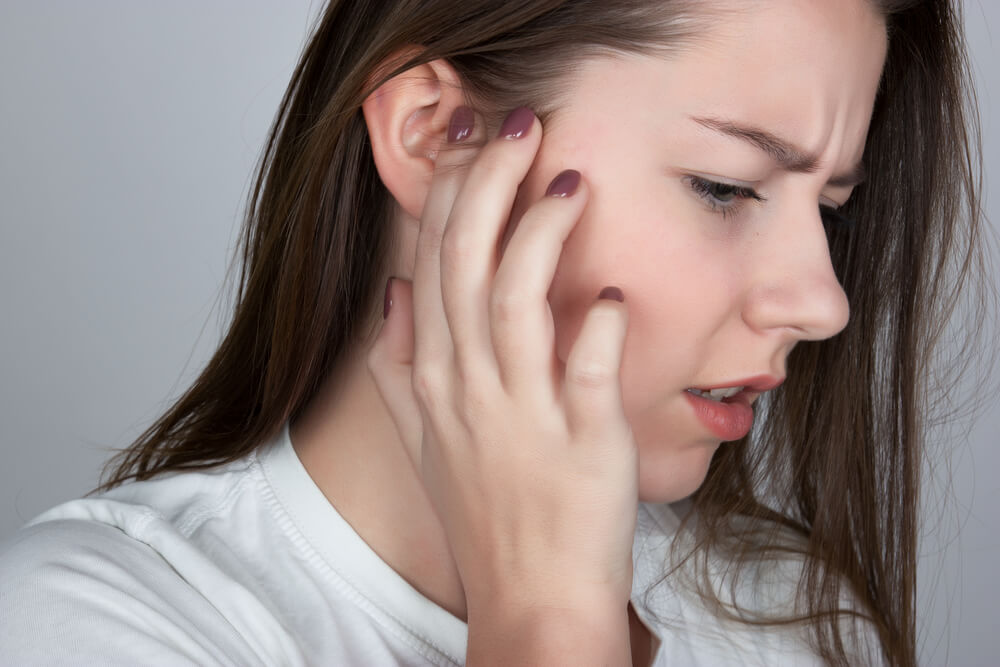You feel pain in and in front of your ear. Your ear is ringing, and you’re finding it hard to hear out of it. So, you have an ear infection, right? It’s possible, but you might also have a jaw joint issue called temporomandibular joint (TMJ) dysfunction.
TMJ dysfunction causes ear-related symptoms far more often than you might think. One medical study found that nearly 42% of participants who complained of an earache actually had TMJ dysfunction. Physical therapists can help people learn what ear-related symptoms TMJ dysfunction can trigger. These medical specialists can help you find effective TMJ dysfunction treatment as well.
Ear-related symptoms that TMJ dysfunction can cause
You already saw a few of the ear-related symptoms that TMJ dysfunction can cause, but you didn’t know they were connected at the time. So, let’s reiterate. TMJ dysfunction can cause symptoms like:
- Pain inside or in front of your ear.
- Ringing in your ear, also called tinnitus.
- Feelings of fullness in your ear.
- Difficulty hearing.
How can physical therapists help your TMJ dysfunction symptoms?
Physical therapists can help reduce symptoms of TMJ dysfunction by tackling the root of your symptoms: the physical cause of the TMJ dysfunction. To treat your TMJ dysfunction, your physical therapists may use techniques such as:
- Therapeutic exercises — Moving your jaw in specific ways can help your TMJ dysfunction. Physical therapists can show you therapeutic exercises designed to stretch and strengthen the soft tissue that moves and supports your TMJ. They can even combine multiple exercises together to create a plan that’s targeted to your specific symptoms.
- Soft tissue mobilization — Physical therapists can use their hands to ease stiffness and break up scar tissue in TMJ muscles. This technique is called soft tissue mobilization. It involves moving the fingers along the affected muscle while applying pressure.
- Joint mobilization — People with TMJ dysfunction may find it difficult to move their jaw. To assist you, physical therapists can use a technique called joint mobilization. This therapy method involves your physical therapist placing their hand on your jaw and applying gentle pressure. The goal is to gently move your TMJ through its entire normal range of motion.
Treat ear-related and other TMJ dysfunction symptoms with help from Excel PT
Looking for help treating your ear-related and other TMJ dysfunction symptoms? Our Excel Sports & Physical Therapy team is ready and willing to help you. We can do a free screening to confirm that your ear problems are actually linked to TMJ dysfunction. Then, our clinicians can build you a customized treatment plan designed to reduce your symptoms and promote faster recovery.
Contact our team today for more information about our TMJ dysfunction treatment services or to schedule your initial appointment.

